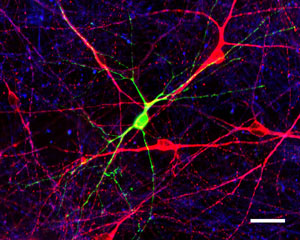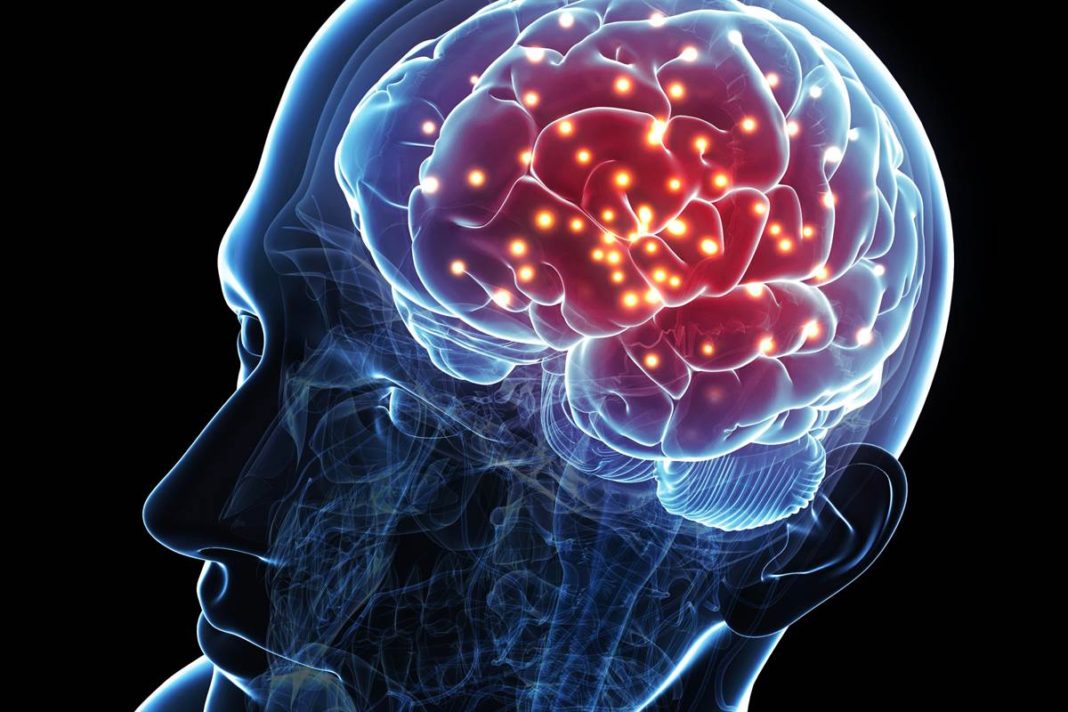Researchers at the Salk Institute in California, and various others they collaborated with have shown that long interspersed nuclear elements (L1’s) are present in as many as 63 percents of all healthy neurons and where they previously thought that they could only insert DNA, they now know they can remove it also. These genes were nicknamed previously as “jumping genes” that were known to replicate themselves throughout the genome. Now that they know they can cause deletions of entire genes and influence those genes responsible for developing the brain, the possibilities are endless.

Image: Courtesy of Dr. Nicole Coufal, Salk Institute for Biological Studies.
<prop id=”look-up-table-custom-values” type=”int-array” value=”0,0,0,0,0,0,0,0,0,0
During the study, the team discovered that the L1’s are prone to DNA breaks because of a certain enzyme that chews through L1 spaces in the genome. Some of these L1’s are inherited from your parents, and recent evidence has shown that neurons from those with schizophrenia or some autism-related diseases tend to have more L1 variations in their genomes. From here the group is planning to explore the role of L1 variations in other genes and how they can affect both disease and brain activity.
More News To Read











